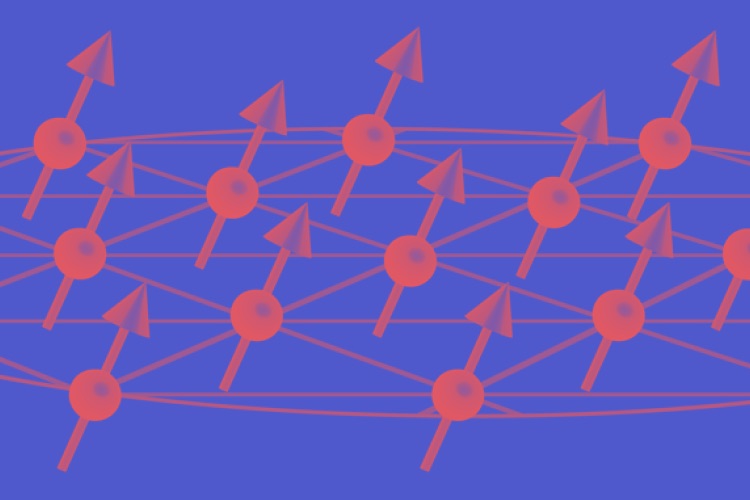Space Exploration
Cosmologist Martin Rees on the history of space exploration, Sat Nav, and why robots are better than humans fo...

In February 2015 Physical Review Letters published a paper called “Strange Nonchaotic Stars” describing unusual properties of pulsating stars. We have asked one of the authors of this research, Prof. John Lindner from the University of Hawaii, to comment on this work.
While the brightness of stars like the sun is nearly constant, the brightness of other stars changes with time. Exploiting the unprecedented capabilities of the planet-hunting Kepler space telescope, which stared at 150 000 stars for four years, we report evidence that certain stars dim and brighten in complex patterns with fractal features. Such stars pulsate at primary and secondary frequencies whose ratios are near the famous golden mean, the most irrational number. A nonlinear system driven by an irrational ratio of frequencies is generically attracted toward a “strange” behavior that is geometrically fractal without displaying the “butterfly effect” of chaos. Strange nonchaotic attractors have been observed in laboratory experiments and may be useful in describing brain activity and climate, but a bluish white star 16 000 light years from Earth in the constellation Lyra may manifest, in the scale-free distribution of its frequency components, the first strange nonchaotic attractor observed in the wild. The recognition of stellar strange nonchaotic dynamics may improve the classification of these stars and refine the physical modeling of their interiors.
Fractal self-similarity can describe processes in time as well as patterns in space, and a music analogy elucidates our analysis of the variable starlight: We removed the musical backbeat to discover a subtle melody.
John Learned and colleagues had earlier proposed that sufficiently advanced extra-terrestrial civilizations may “tickle” variable stars with neutrino beams to jog their otherwise very regular expansions and contractions and thereby transmit information throughout the galaxy and beyond. A team including many of us tested this hypothesis on the Kepler’s space telescope’s unprecedented photometric data for star KIC 5520878. Although we found some oddities in the KIC 5520878 light curve, we ultimately concluded that they are likely of natural origin. Nevertheless, we encourage testing of archival and future time series photometry for evidence of artificially modulated variable stars.
William Ditto subsequently recognized the possibility of strange nonchaotic behavior in KIC 5520878 based on his 1990 experience obtaining the first laboratory observation of such behavior in the magnetoelastic ribbon experiment. We subsequently applied the diagnostic analysis used on the ribbon to the star.
We are attempting to expand our results to multi-frequency variable stars outside the Kepler database. Can we connect their frequency ratios to the golden ratio or to the distribution of other hard-to-approximate irrational frequency ratios?
Some natural dynamical patterns result from universal features that are common to even simple models. However, other patterns are peculiar to particular physical details. We don’t yet know if the frequency distribution of all variable stars is universal or particular.

Cosmologist Martin Rees on the history of space exploration, Sat Nav, and why robots are better than humans fo...

Institute for Advanced Study Prof. Scott Tremaine on the universal law of gravity, predictability and chaos in...

Physicist Paul Hartogh on primordial materials, escape of the atmosphere, and the Giotto mission